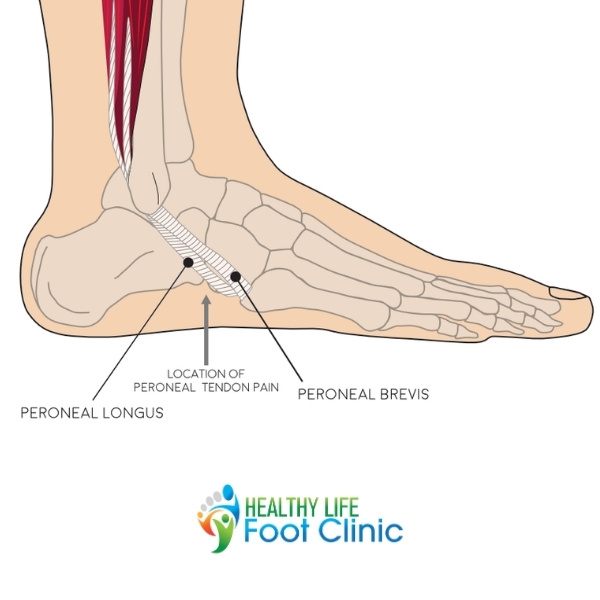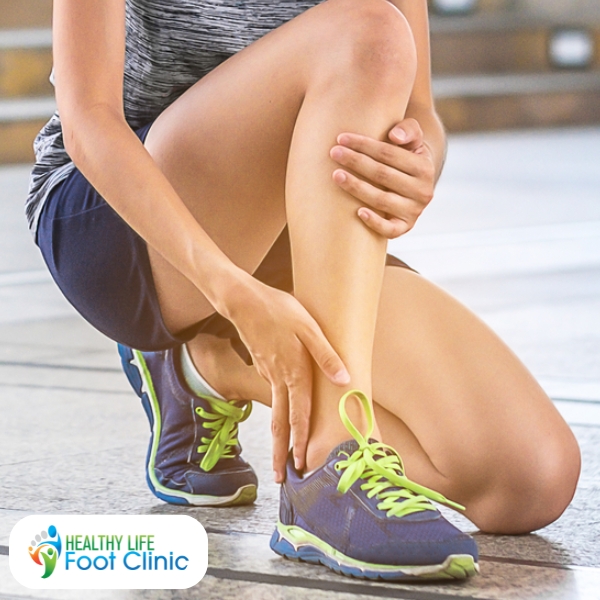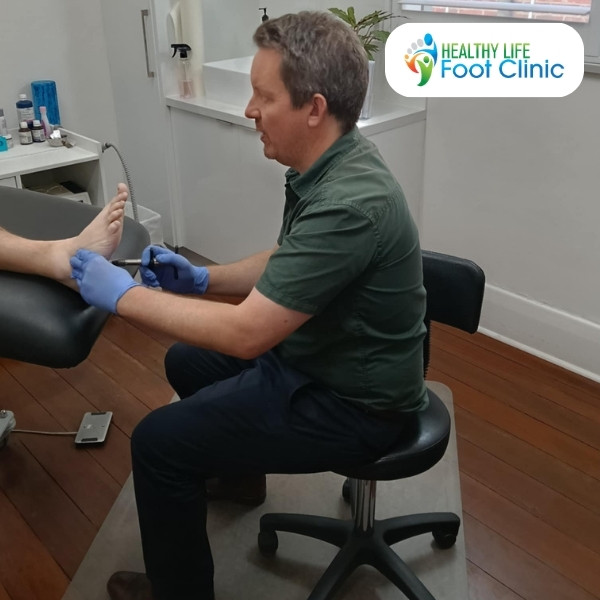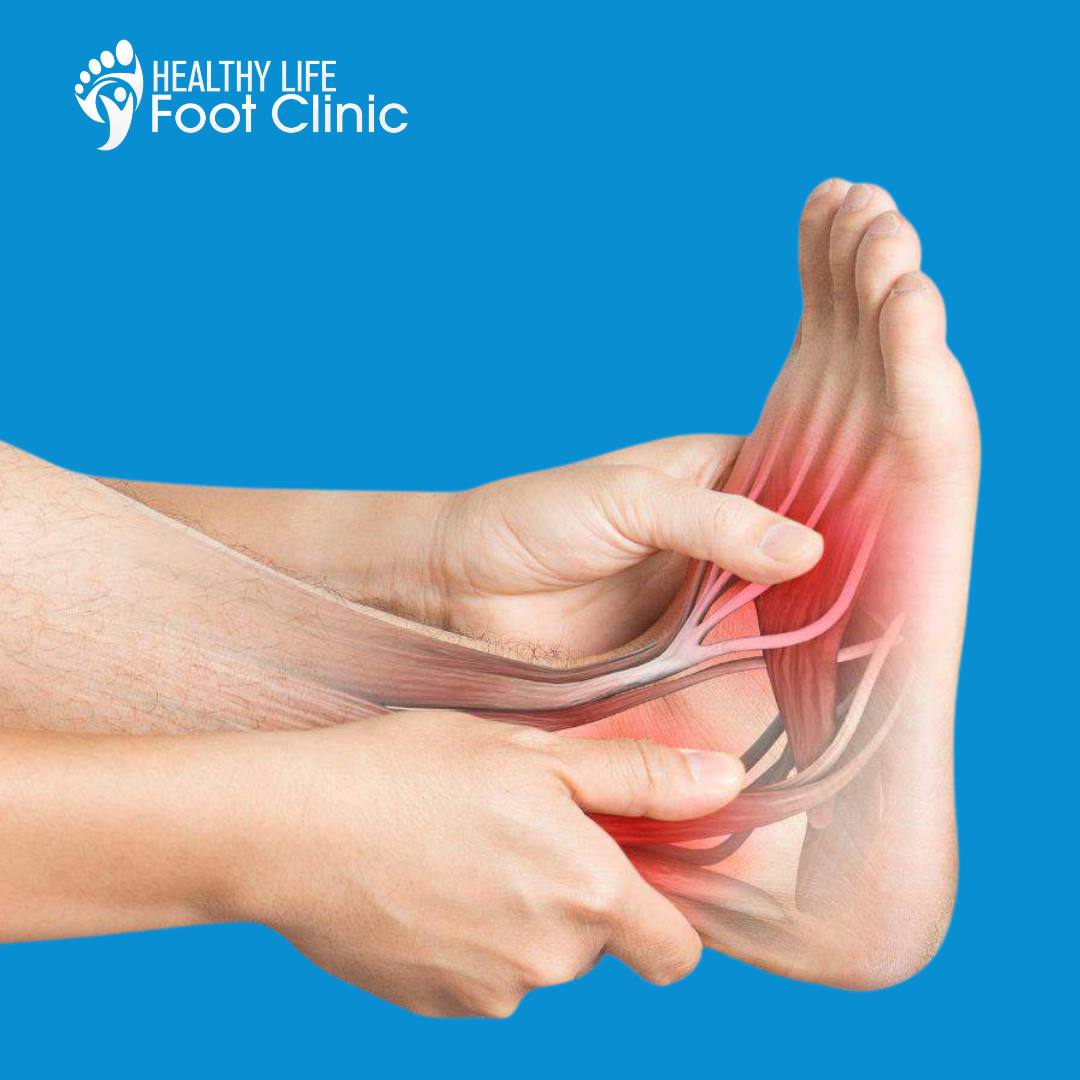What is Peroneal Tendinopathy?
Peroneal tendinopathy is a condition involving irritation, inflammation, or degeneration of the peroneal tendons, which run along the outside of the ankle and foot. These tendons—peroneus longus and peroneus brevis—play a vital role in stabilising the ankle and supporting side-to-side movement. When overloaded or strained, these tendons can become painful and inflamed, leading to discomfort during walking, running, or even standing for long periods.

What Causes Peroneal Tendinopathy?
In podiatric practice, several contributing factors are commonly identified:
- Pes cavus (high-arched feet): This foot type places increased load on the lateral (outer) foot and ankle, increasing strain on the peroneal tendons.
- Chronic ankle instability: Repeated ankle sprains or weakness in the ankle joint can cause excessive movement and tendon overuse.
- Overuse or repetitive activity: Long-distance running, trail walking, or sports with sudden lateral movement can aggravate the tendons.
- Poor footwear: Shoes that lack adequate lateral support or cushioning can worsen the issue
- Biomechanical abnormalities: Excessive supination (rolling out of the foot) or pronation (rolling in) or poor lower limb alignment can lead to tendon overload.
Need a Podiatrist for Peroneal Tendinopathy?
Find Out More About Healthy Life Foot Clinic’s Care Guarantee
Contact Us or Book Online 24/7
What Are The Treatment Options For Peroneal Tendinopathy?
Podiatric management of peroneal tendinopathy begins with a thorough biomechanical assessment to identify underlying causes. Treatment typically includes:
- Activity modification and load management to reduce stress on the tendon – this may include periods of rest and decreased load
- Ice therapy and anti-inflammatory strategies to manage acute pain.
- Targeted manual therapy, focusing on strengthening the peroneal muscles and improving ankle stability, as well as improving flexibility and also healing through dry needling, massage and stretching.
- Footwear advice, ensuring shoes provide adequate lateral support and cushioning.

The Role of Orthotics in Treating Peroneal Tendinopathy?
Orthotic intervention is a key component in the podiatric management of peroneal tendinopathy—particularly in cases linked to poor foot mechanics or structural abnormalities.
Custom foot orthoses can be designed to:
- Reduce strain on the peroneal tendons by correcting foot alignment and limiting excessive supination.
- Improve load distribution, particularly in high-arched feet, to shift pressure away from the lateral foot.
- Provide lateral wedging when appropriate, subtly altering foot position to relieve tendon tension.
- Enhance proprioception, improving foot stability and reducing the risk of recurrent ankle sprains.
Orthotics are most effective when tailored to the individual, following a detailed gait analysis and foot assessment. This is part of our process at Healthy Life Foot Clinic and is gap free!
In conjunction with orthotic therapy, we use manual therapy such as dry needling, massage and mobilisation to assist with the healing process. We may also look at strengthening or flexibility based exercises to help you further and minimise any future recurrence.

When Further Intervention Is Needed
If symptoms persist despite conservative care, podiatrists may consider immobilisation in a moon boot or referral for imaging (such as ultrasound or MRI) to assess for tendon tears or subluxation. Surgical intervention is rare and typically reserved for chronic, non-responsive cases.
Conclusion
Peroneal tendinopathy can significantly impact mobility and quality of life, but with early podiatric assessment and a comprehensive treatment plan—including custom orthotics—most patients achieve full recovery. Orthoses not only relieve current symptoms but also play a crucial role in preventing recurrence through long-term biomechanical correction.

